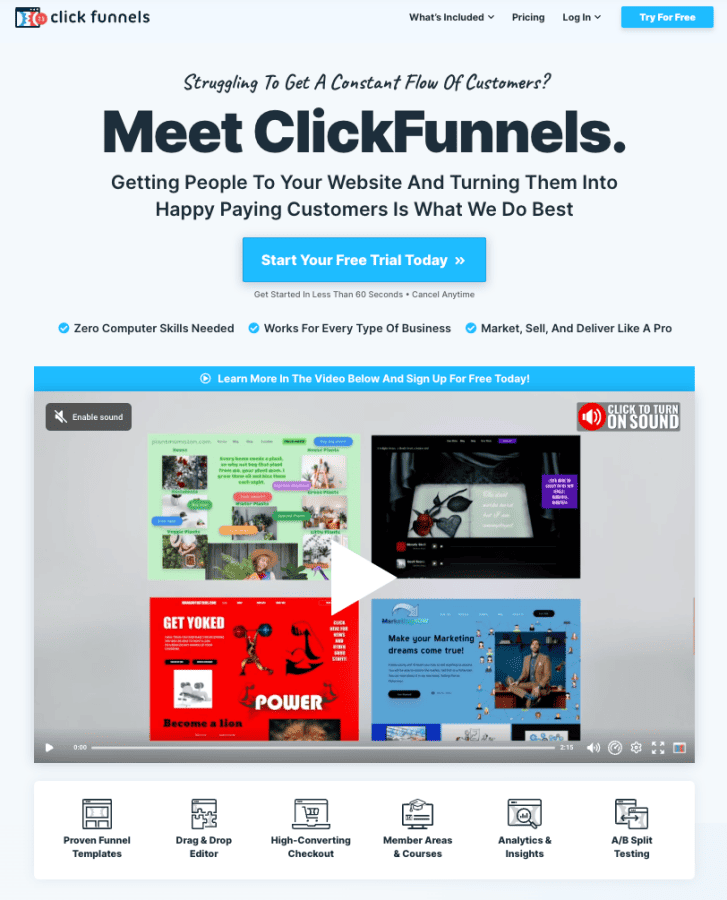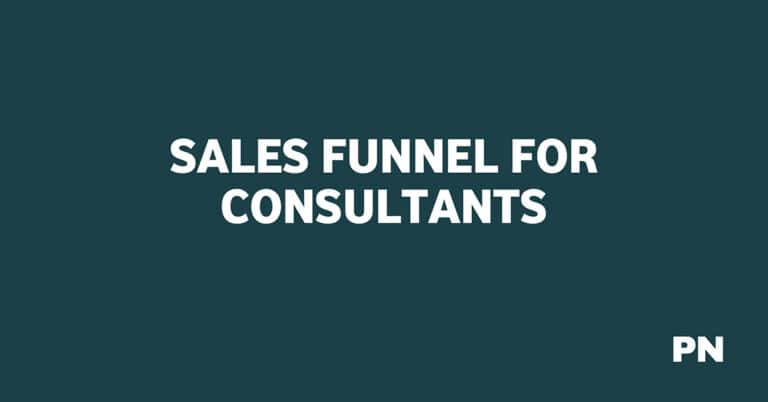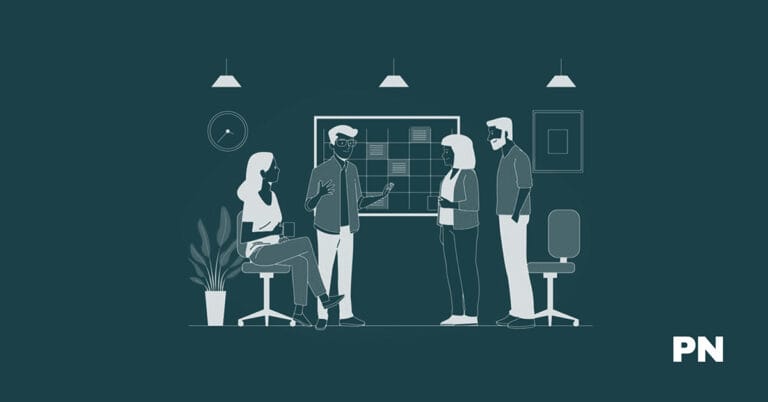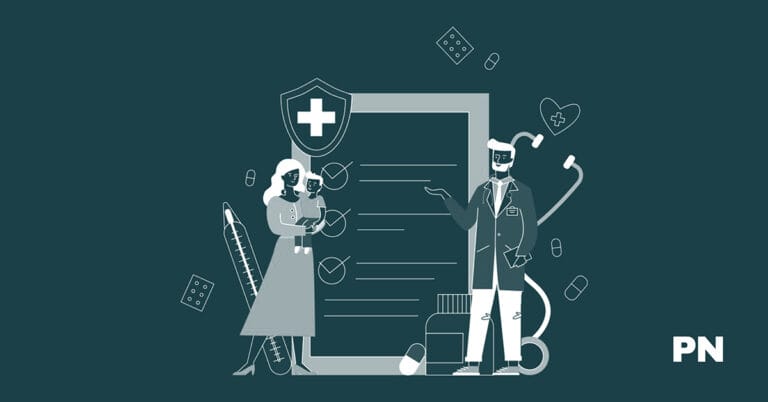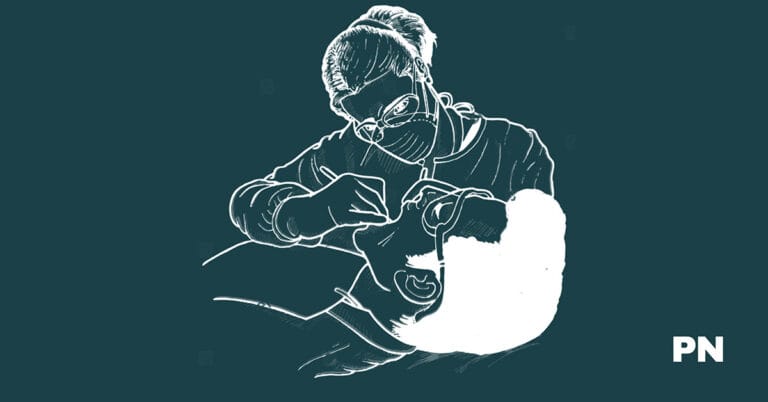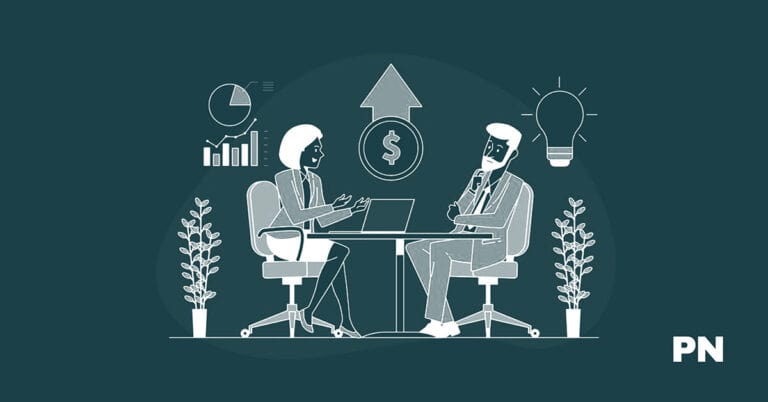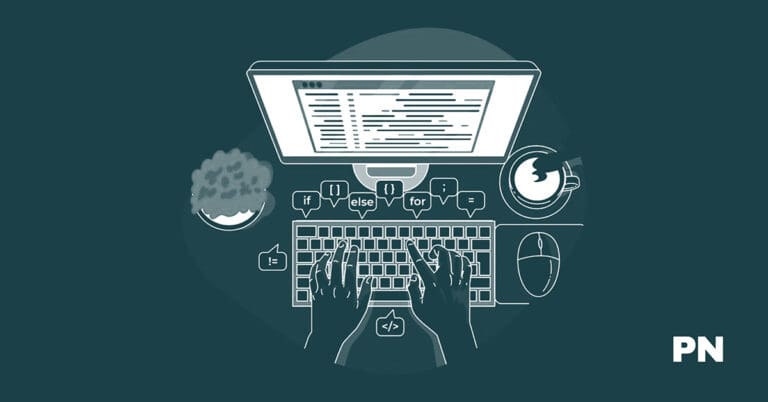Sales Funnel for Interior Designers: A Comprehensive Guide
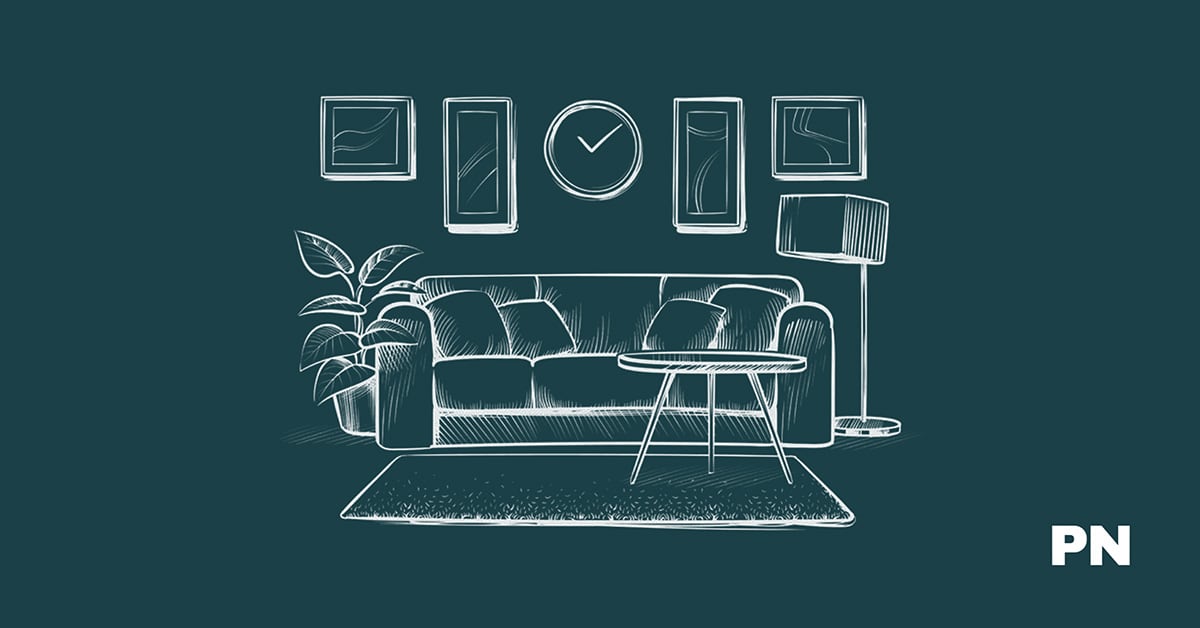
Are you an interior designer looking to boost sales and attract more clients?
If so, you may have heard of the term “sales funnel.” A sales funnel is a powerful marketing tool that can help you guide potential clients through the buying process, from initial awareness to final purchase.
Studies show that businesses that use a sales funnel can increase their revenue by up to 300%.
As an interior designer, you know that attracting and retaining clients is critical to building a successful business. However, with so many options available, it can be challenging to know where to start.
That’s where a sales funnel comes in.
Whether you’re just starting or looking to take your business to the next level, a sales funnel can be a game-changer for interior designers. In the following sections, I’ll explore a sales funnel, how it works, and how you can use it to grow your business. So, let’s dive in!
What is an Interior Designers Sales Funnel?
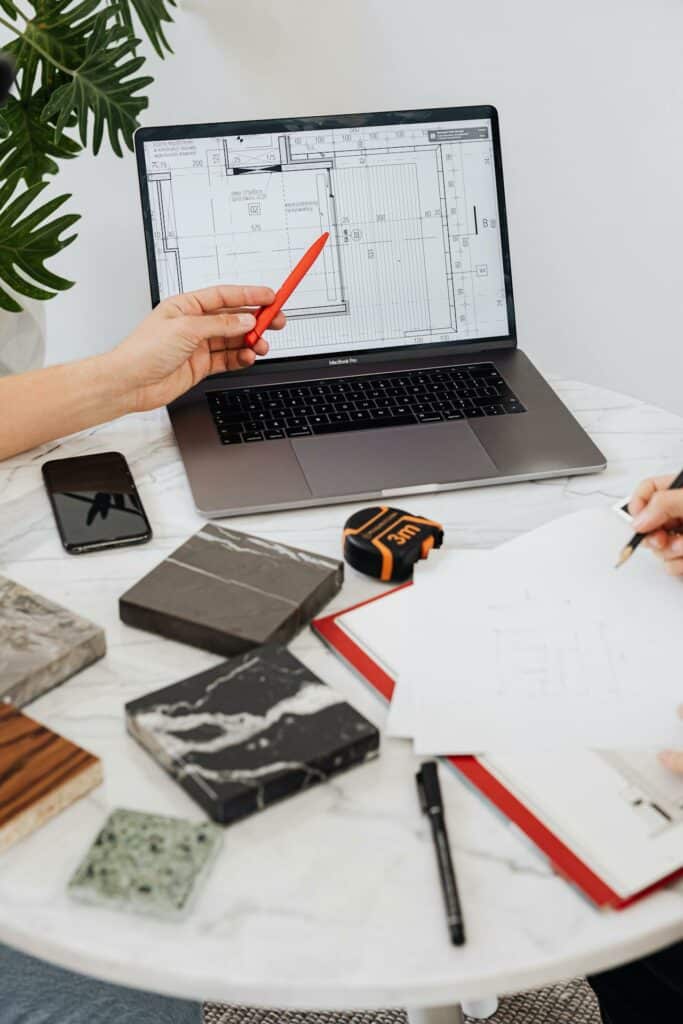
As an interior designer, you know that attracting potential clients is essential for the growth of your business. However, it’s not enough to attract them. You need to guide them through the buying process, and that’s where a sales funnel comes in.
A sales funnel is a marketing tool that helps you turn potential clients into paying customers. You take your potential clients through steps, from the first point of contact to the final sale.
The sales funnel is designed to make the buying process as smooth and seamless as possible and to convert as many potential clients into paying customers as possible.
The typical stages of a sales funnel are attracting, converting, action, and retention. At the attracting stage, you try to get potential clients to become aware of your services and offerings.
At the converting stage, you’re trying to get them to take action, such as signing up for a consultation or scheduling a meeting. At the action stage, you’re trying to get them to make a purchase; at the retention stage, you’re trying to keep them as a long-term customer.
You must understand your potential client’s needs and wants to create an effective sales funnel. You must be able to identify their pain points and offer solutions that meet their needs.
You also need to be able to communicate the value of your services and how they can benefit your potential clients.
Why You Need an Interior Designer’s Sales Funnel?
As an interior designer, you might think that your work speaks for itself and that your clients will come to you naturally. However, relying on word of mouth or referrals alone is insufficient to sustain a successful business. This is where a sales funnel comes in.
A sales funnel is a marketing tool for guiding potential clients through buying. It consists of several stages: attracting, converting, taking action, and retaining.
A sales funnel can increase brand awareness, generate more leads, and ultimately increase sales.
Here are some reasons why you need an interior designer sales funnel:
1. Build Brand Awareness
A sales funnel is an effective way to build brand awareness. You can attract potential clients and showcase your work by creating targeted content and using social media. This will help you establish yourself as an expert in your field and build trust with your audience.
2. Generate More Leads
By creating a lead magnet, such as a free design consultation or a design guide, you can encourage potential clients to provide their contact information. This will allow you to follow up with them and nurture the relationship until they are ready to purchase.
3. Increase Sales
A sales funnel can help you increase your sales by guiding potential clients through buying. By providing valuable content and building trust, you can convert leads into customers and retain them for future projects.
Stages of the Interior Designers Sales Funnel
As an interior designer, you need a sales funnel to attract and convert potential clients. A sales funnel is a marketing tool that helps guide potential clients through buying.
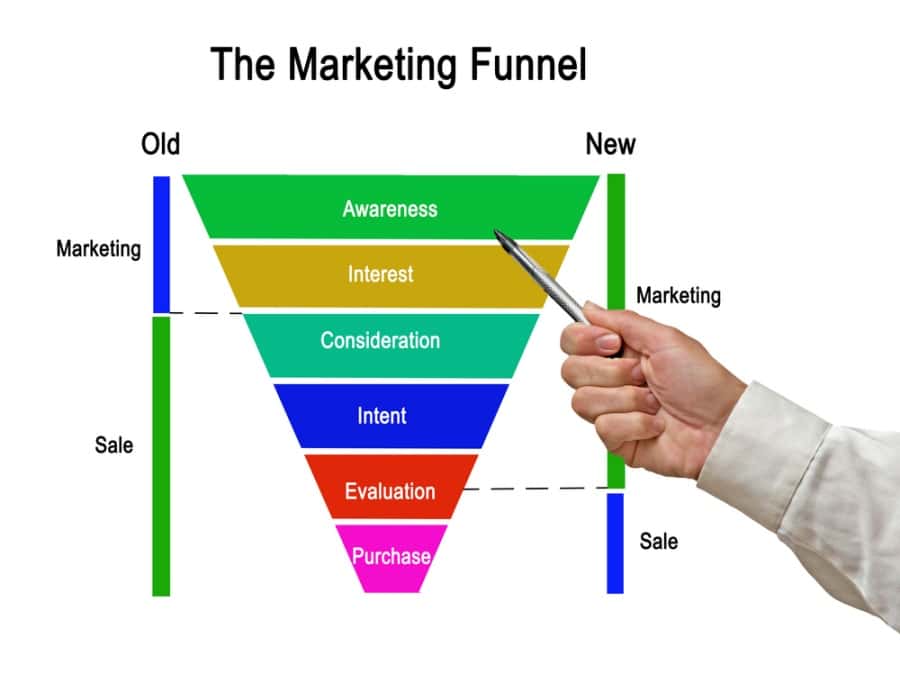
The typical stages of a sales funnel are attracting, converting, action, and retention, with many details included in each stage. This section will detail each stage of the interior designer’s sales funnel.
The Awareness Stage (Top of the Funnel, TOFU)
In the awareness stage, you are trying to attract potential clients to your interior design services. This is the top-of-the-funnel (TOFU) stage, where you want to make people aware of your brand, services, and expertise.
You can create awareness using various marketing techniques such as social media, content marketing, SEO, and paid advertising.
For example, you can create blog posts, social media posts, and videos that showcase your expertise in interior design and provide value to your potential clients. You can also use paid advertising, such as Google Ads and Facebook Ads, to reach a wider audience.
The Consideration/Evaluation Stage (MOFU)
In the consideration/evaluation stage, potential clients evaluate your services and compare them with those of other interior designers.
This is the middle of the funnel (MOFU) stage, where you must provide more information about your services and differentiate yourself from your competitors.
You can create lead magnets such as free e-books, checklists, and guides that provide value to your potential clients and help them make an informed decision. You can also create a sales page that showcases your services, pricing, and testimonials from satisfied clients.
Purchase Stage (Bottom Of The Funnel)
Potential clients have decided to hire you as their interior designer in the purchase stage. This is the bottom-of-the-funnel (BOFU) stage, and you must make the purchase process as smooth and easy as possible.
You can create a simple and easy-to-use booking system that allows clients to book your services online. You can also provide clear instructions on paying for your services and what to expect during the interior design.
Post-Purchase Stage
In the post-purchase stage, you must provide excellent customer service and support to your clients. This is important because it can lead to repeat business and referrals.
You can provide regular updates to your clients on the progress of their interior design projects. You can also offer after-sales support by answering questions and advising on maintaining their newly designed space.
Repeat Purchase Stage
In the repeat purchase stage, you want to encourage satisfied clients to hire you again for future interior design projects. This is important because repeat business can lead to a steady income stream and referrals.
You can create a loyalty program that rewards repeat clients with discounts and other incentives. You can also stay in touch with them through email marketing and social media to keep them engaged and informed about your services.
The interior designer sales funnel is a powerful tool for attracting new clients and building long-term relationships with them. By understanding the sales funnel stages and providing valuable content and excellent customer service, you can grow your business and achieve long-term success.
How Do I Create an Interior Designer Sales Funnel?
Creating a sales funnel for your interior design business can be challenging, but it is a necessary step to attract potential clients and increase your revenue.
Here are the steps you need to follow to create an effective sales funnel:
- Identify the stages of your funnel: The first step is to identify the different stages of your sales funnel. These stages include awareness, interest, decision, action, and follow-up. Understanding these stages will help you create content and marketing strategies tailored to each stage of the funnel.
- Create awareness: The awareness stage is about creating awareness of your business and services. To create awareness, you must use different marketing channels, such as social media, email, and content marketing, to reach your target audience.
- Generate interest: Once you have created awareness, the next step is to generate interest in your services. You can do this by offering free resources such as e-books, guides, or webinars that provide value to your potential clients.
- Encourage decision-making: The decision stage is where potential clients decide whether or not to hire your services. To encourage decision-making, showcase your portfolio, highlight your expertise, and provide testimonials from satisfied clients.
- Prompt action: The action stage is where potential clients take action and hire your services. To prompt action, you must provide clear calls to action, encouraging potential clients to take the next step, whether scheduling a consultation or signing a contract.
- Follow-up: The final stage is follow-up. Following up with your clients after completing the project can help you build long-term relationships and generate referrals. You can do this by sending thank-you notes, requesting feedback, and offering post-project services.
By following these steps, you can create an effective sales funnel that will help you attract potential clients and grow your interior design business.
What is The Best Funnel Software for Interior Designers?
Several options are available when choosing the best sales funnel software for interior designers. However, ClickFunnels stands out as the best choice.
Here’s why.
ClickFunnels for Interior Designers
ClickFunnels is a powerful sales funnel software designed to help businesses and entrepreneurs build and grow their online presence. With ClickFunnels, interior designers can easily create sales funnels tailored to their needs and goals.
One of ClickFunnels’ critical features is its ease of use. The software comes with a drag-and-drop editor that allows you to create custom landing pages, sales pages, and checkout pages without coding or design skills.
This makes it easy for interior designers to create a professional-looking sales funnel in minutes.
Another great feature of ClickFunnels is its ability to upsell and downsell products. This means you can offer your clients additional products or services after they purchase, increasing your revenue per customer. ClickFunnels also provides free funnel templates that you can use to get started quickly.
ClickFunnels also comes with a shopping cart and checkout feature, which makes it easy for your clients to purchase your products or services directly from your sales funnel. The software also integrates with popular CRMs and analytics tools, making tracking your sales and customer data easy.
Frequently Asked Questions
What is a funnel in an interior designing business?
A funnel is a visual representation of a potential client’s steps to become a paying customer. It is a sales and marketing tool that helps guide potential clients through buying. Every business needs a sales funnel, and interior design businesses are no exception.
What are the key stages in developing an interior designer’s sales funnel?
The typical stages of a sales funnel are attracting, converting, action, and retention, with many details included in each stage.
Attracting involves generating leads, converting consists of turning those leads into paying customers, action consists of getting customers to take action, and retention involves keeping customers engaged and coming back for more.
How do you create an effective interior designer sales funnel?
An effective interior designer sales funnel involves understanding your target audience, creating a compelling offer, and using various marketing channels to reach potential customers.
You can also use lead magnets, email marketing, and retargeting tools to help move potential customers through the funnel.
How can I optimize my interior designer’s funnel for higher conversion rates?
Optimizing your interior designer’s funnel involves analyzing the performance of each stage and making adjustments as needed. You can also use A/B testing to test different funnel elements, such as headlines, calls to action, and landing pages.
By continually optimizing your funnel, you can improve your conversion rates and generate more revenue for your business.
What metrics are crucial for analyzing the performance of an interior designer’s funnel?
Some key metrics to track include traffic, leads, conversion rates, customer acquisition cost, lifetime customer value, and retention rates. By monitoring these metrics, you can gain insights into how your funnel is performing and identify areas for improvement.
How do industry benchmarks influence interior designers’ conversion funnel performance?
Industry benchmarks can provide a valuable point of reference for evaluating the performance of your interior designer’s funnel.
By comparing your metrics to industry averages, you can identify areas where you may be underperforming and make adjustments to improve your funnel’s performance. However, it is essential to remember that every business is unique, and what works for one may not work for another.
Wrapping Up
In conclusion, a sales funnel is crucial for interior designers to attract, convert, and retain clients. Following the funnel stages, you can guide potential clients through the buying process and offer expert advice and solutions to their needs.
Identify your target audience and their pain points to create an effective sales funnel. Then, create a lead magnet or sales page that showcases your services and pricing information. Remember to follow up with potential clients and provide exceptional customer service to retain their business.
Implementing a sales funnel can increase your sales and grow your interior design business. Creating a successful sales funnel takes time and effort, but the results are well worth it.
A sales funnel is a powerful tool for interior designers to attract, convert, and retain clients. Following the funnel’s stages and providing exceptional customer service can grow your business and increase your sales.
Disclosure: We may earn commissions if you buy via links on our website. Commissions don’t affect our opinions or evaluations. We’re also an independent affiliate of many platforms, including ClickFunnels, Kartra, GoHighLevel, Podia, Northwest Registered Agent, and others. We’re not employees of these services. We receive referral payments from them, and the opinions expressed here are our own and are not official statements of these companies.
